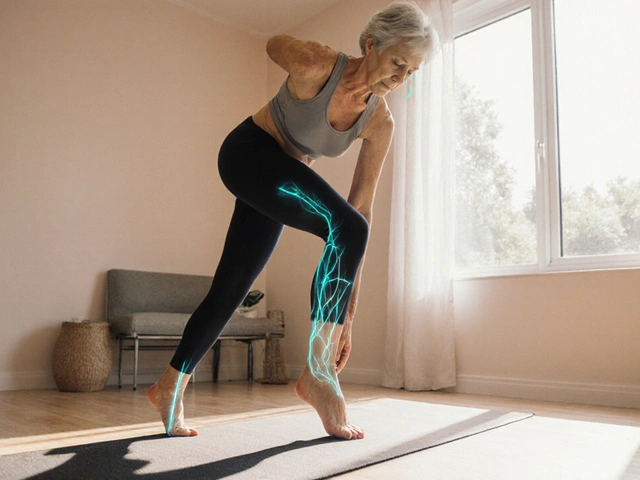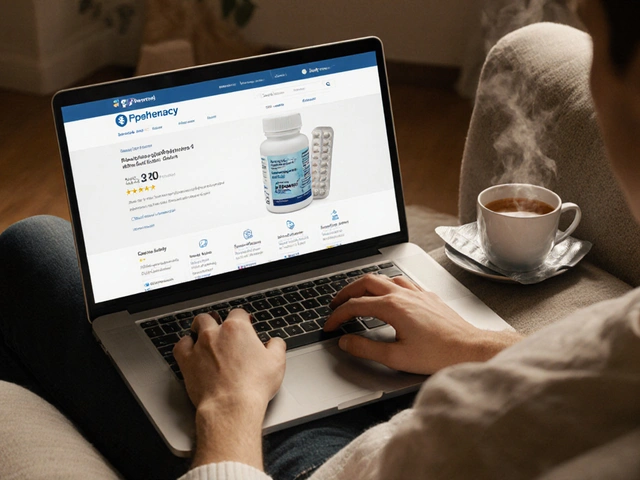How Exercise Can Treat and Prevent Oedema
Sep 27 2025
When talking about Intraocular Pressure, the fluid pressure inside the eye that maintains its shape and supports visual function. Also known as IOP, it plays a central role in eye health and disease.
High intraocular pressure is the leading risk factor for Glaucoma, a condition that damages the optic nerve and can lead to vision loss. Lowering IOP is the main strategy to slow or stop glaucoma progression, which is why eye care professionals focus on accurate measurement and timely treatment.
Measuring IOP reliably requires Tonometry, the set of techniques that assess eye pressure using a gentle puff of air or a small probe. Goldmann applanation tonometry remains the gold standard, but newer handheld devices make screening easier in community settings.
When pressure climbs above normal ranges (10‑21 mmHg) but without optic nerve damage, the condition is called ocular hypertension. Even without glaucoma signs, many doctors treat ocular hypertension with eye drops to prevent future damage. Prostaglandin analogs, beta‑blockers, and carbon‑ic anhydrase inhibitors are the most common classes, each working through a different mechanism to improve fluid outflow or reduce production.
Regular IOP checks are essential because pressure can fluctuate throughout the day. Lifestyle factors such as caffeine intake, stress, and certain medications can cause short‑term spikes. Understanding these patterns helps clinicians decide whether a patient needs medication, laser therapy, or surgery.
When medication isn’t enough, surgical options like trabeculectomy or minimally invasive glaucoma surgeries (MIGS) create new drainage pathways to keep pressure in check. The choice depends on how advanced the disease is, the patient’s age, and how they respond to drugs.
Beyond glaucoma, IOP influences other eye conditions. For example, high pressure can worsen retinal vein occlusions, while low pressure after eye surgery may signal a leak. Therefore, a comprehensive eye exam always includes an IOP assessment.
In summary, intraocular pressure is more than a number on a chart—it’s a key indicator of eye health that guides diagnosis, treatment, and follow‑up. Below you’ll find a curated list of articles that dive deeper into IOP measurement techniques, medication options, surgical advances, and lifestyle tips to keep your eyes safe.
Discover the 2025 breakthroughs in eye pressure monitoring and glaucoma treatment, from AI‑driven diagnostics to minimally invasive surgeries and lifestyle tips.

Sep 27 2025

Mar 4 2025

Sep 28 2025

Mar 26 2025

Oct 10 2025